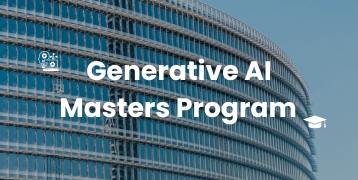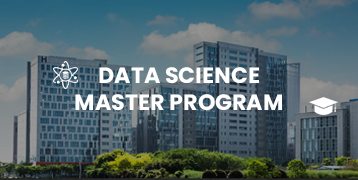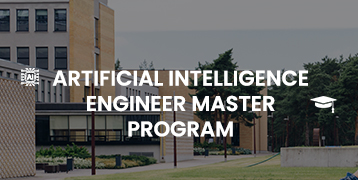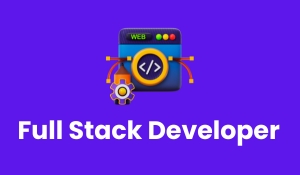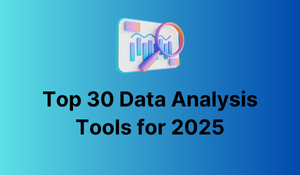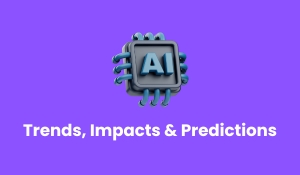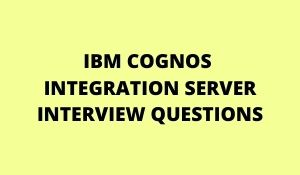
Advanced guide to learning on Blockchain updated 2019
Blockchain is the decentralized distributed database of immutable records. In a simple word, a Blockchain is a Chain of Blocks where each Block contains ledger records and is immutable. Immutable means it cannot be changed or deleted. Blockchain is one of the most famous features of Data Security. Blockchain uses Encryption to secure sensitive data. Blockchain can be used in various fields like insurance, Identity Management, Real Estate, Copyright protection, Cross-border Payments, etc. Blockchain works with Blocks, whereas the spreadsheet works with “rows” and “columns”. A block is a collection of data. Blockchain is a distributed ledger, which simply means that a ledger is spread across the network among all peers in the network, and each peer holds a copy of the complete ledger.
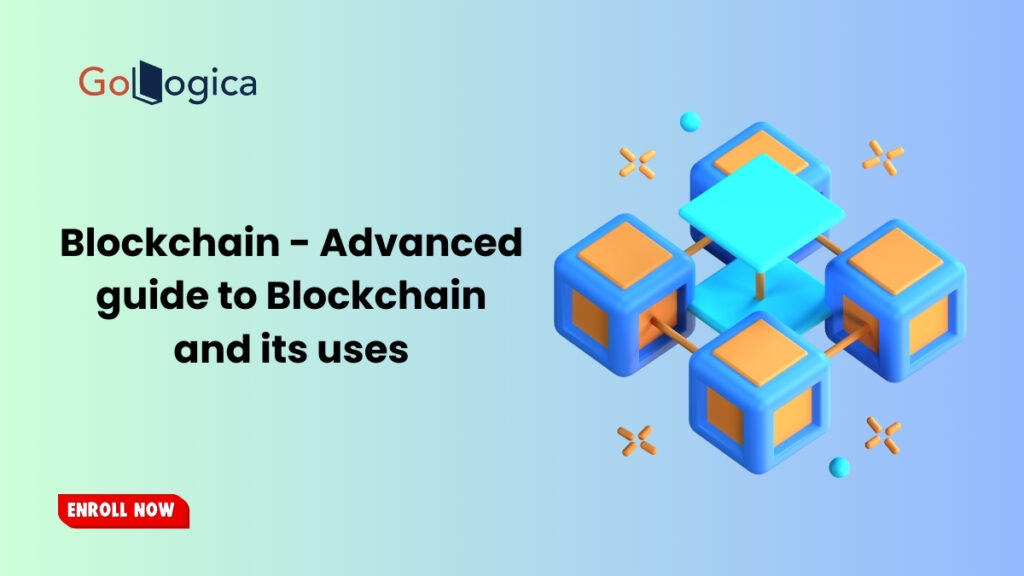
Advanced guide to learn on Blockchain updated 2019 List of the Topics covered
Public block chain
Private block chain
Consortium block chain
Bit coin
Multi chain
Bit coin platform
Properties of block chain
Public blockchain
A Public blockchain is a permissionless blockchain. Anyone can join the blockchain network, meaning that they can read, write, or participate in a public blockchain. Public blockchains are decentralized, no one has control over the network, and they are secure in that the data can’t be changed once validated on the blockchain. Public blockchain platforms like Bitcoin, Ethereum, and Lite coin public blockchain has absolutely no access restrictions. The best example of a public blockchain is Bitcoin where participants in the network (miners) are rewarded with BTC tokens. Public blockchains, however, have their drawbacks. In a blockchain, each block contains a record of many transactions on the network.
Private blockchain
A Private blockchain is a permissioned blockchain. A private blockchain network is required for an invitation and must be validated by either the network starter or by a set of rules put in place by the network starter. This type of permissioned blockchain model offers the ability to leverage more than 30 years of technical literature to realize significant benefits. Permissioned networks place restrictions on who is allowed to participate in the network and in what transactions. In private blockchains, the owner of the blockchain is a single entity or an enterprise that can override/delete commands on a blockchain if needed.
Related Courses:
| Course Name | Enroll Now |
|---|---|
| JavaScript Training | Enroll Now |
| Selenium with Java Training | Enroll Now |
| JavaFX Training | Enroll Now |
| Core Java Training | Enroll Now |
| Linux Administration Training | Enroll Now |
Consortium blockchain
Consortium block chains can best be understood when compared to their more popular counterpart, public block chains. This type of blockchain possesses no access restriction, meaning that absolutely anyone with an internet connection can become a participant in a public block chain. More specifically, anyone in the world can read data that is included on the block chain, and anyone in the world is allowed to execute transactions on a public block chain. Importantly, no restriction as to who can participate in the consensus process for blockchains, which is the process that determines the individual or entity that can add a block to the blockchain. There are many benefits of the consortium systems, and many block chain platforms are setting themselves up as a backbone for these cross-company and cross-discipline solutions.
Bitcoin
Bit coin is a crypto currency. Bitcoin is a decentralized digital currency without a single administrator that can be sent from user to user on the peer-to-peer Bitcoin network without the need for intermediaries. We need to separate it into two components. One of the hand, you have bit coin-the-token, a snippet of code that represents ownership of a digital concept – sort of like a virtual IOU. Two On the other hand, you have bitcoin-the-protocol, a distributed network that maintains a ledger of bitcoin-the-token. Bitcoin is the digital currency created in 2009 by a mysterious figure using the alias Satoshi Nakamoto. It can be used to buy or sell items from people and companies that accept bit coin as payment, but it differs in several key ways from traditional currencies.
Multi-chain
Multi Chain technology is a platform that can help to users establish a certain private Block chains that can be used by organizations for financial transactions. Multi chain is a simple API and a command-line interface is Multi Chain provides us. This helps to preserve and set up the chain. Multi-chain is the latest offering from Coin Sciences, a software tool for web assets and legal contracts on the bit coin block chain. The problem, Greenspan alleges, wasn’t that financial institutions weren’t interested in this solution, or removing intermediaries from financial processes, but rather they didn’t believe the bit coin block chain was tested or stable enough for their needs.
Key features:
- Native multi-currency support
- Expected to be faster than Bitcoin
- Permissioned management
- Quick deployments
Bitcoin platform
A bit coin platform is a digital marketplace where traders can buy and sell bit coins using different fiat currencies or alt coins. A Bitcoin currency exchange is an online platform that acts as an intermediary between buyers and sellers of the cryptocurrency. Our Bitcoin and cryptocurrency exchange reviews detail each exchange’s supported countries, payment methods accepted, fees, privacy, limits, liquidity, reputation, speed (delivery of Bitcoin), customer support, and any past issues.
Key features:
- Bitcoin Ecosystem
- Structure of a Bitcoin Transaction
- Scripting language in Bitcoin
- Applications of Bitcoin script
- Nodes in a Bitcoin Network
Properties of blockchain
- Increased capacity
- Better security
- Immutability
- Decentralized system
- Minting
- Faster settlement
- Safer and secure ecosystem
- Bitcoin mining
Advantages of Blockchain
- High level of security
- Hacking threat reduced
- Faster processing
- Digital Identity
- Music distribution
- Stock exchanges
- Health and medical records
- Traceability
- Reduced transaction costs
👉 Related Articles:
🎯 Artificial Intelligence: A Complete Overview of Its Pros and Cons
🎯 Top 15 Artificial Intelligence (AI) Tools You Need to Know
🎯 Automation Anywhere Interview Questions and Answers
🎯 What is TensorFlow? Learn Here
🎯 Artificial Intelligence – An Introductory Guide
🎯 AI and Deep Learning Tutorial: Everything you need to know
🎯 Artificial Intelligence Interview Questions and Answers Update:2025
🎯 AI Engineer Salaries in 2025

